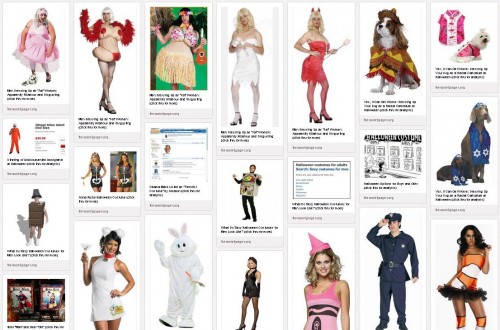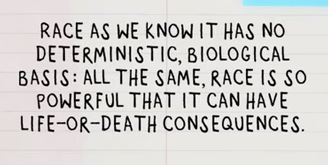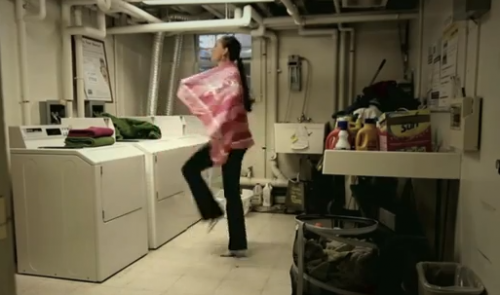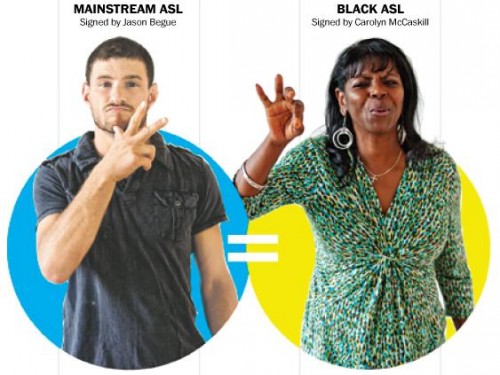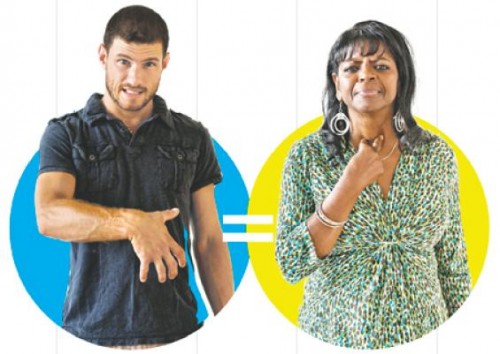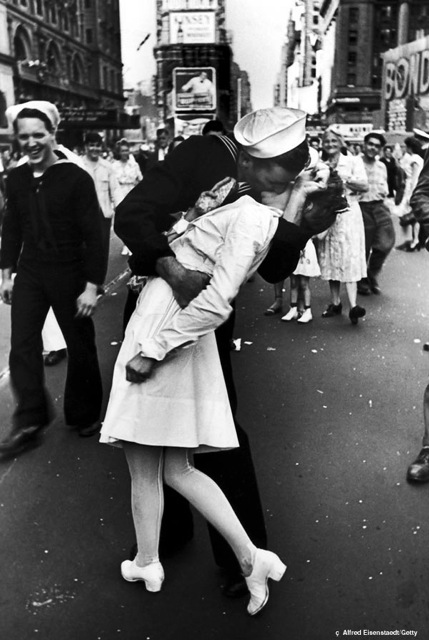Hello all! In honor of the upcoming holiday, we put together a Pinterest page featuring all of the images from our Halloween-related archives.
There you’ll see the a sexy body bag costume, an “Anna Rexia” costume, a dog dressed up like a geisha, a “little black dress” costume for a little girl, and an Obama mask labeled “terrorist.”

